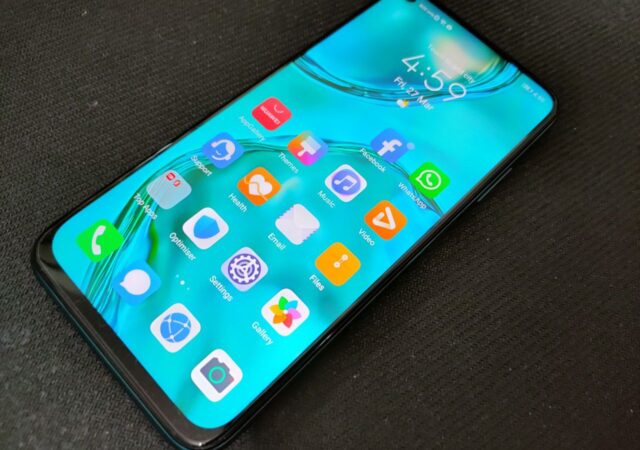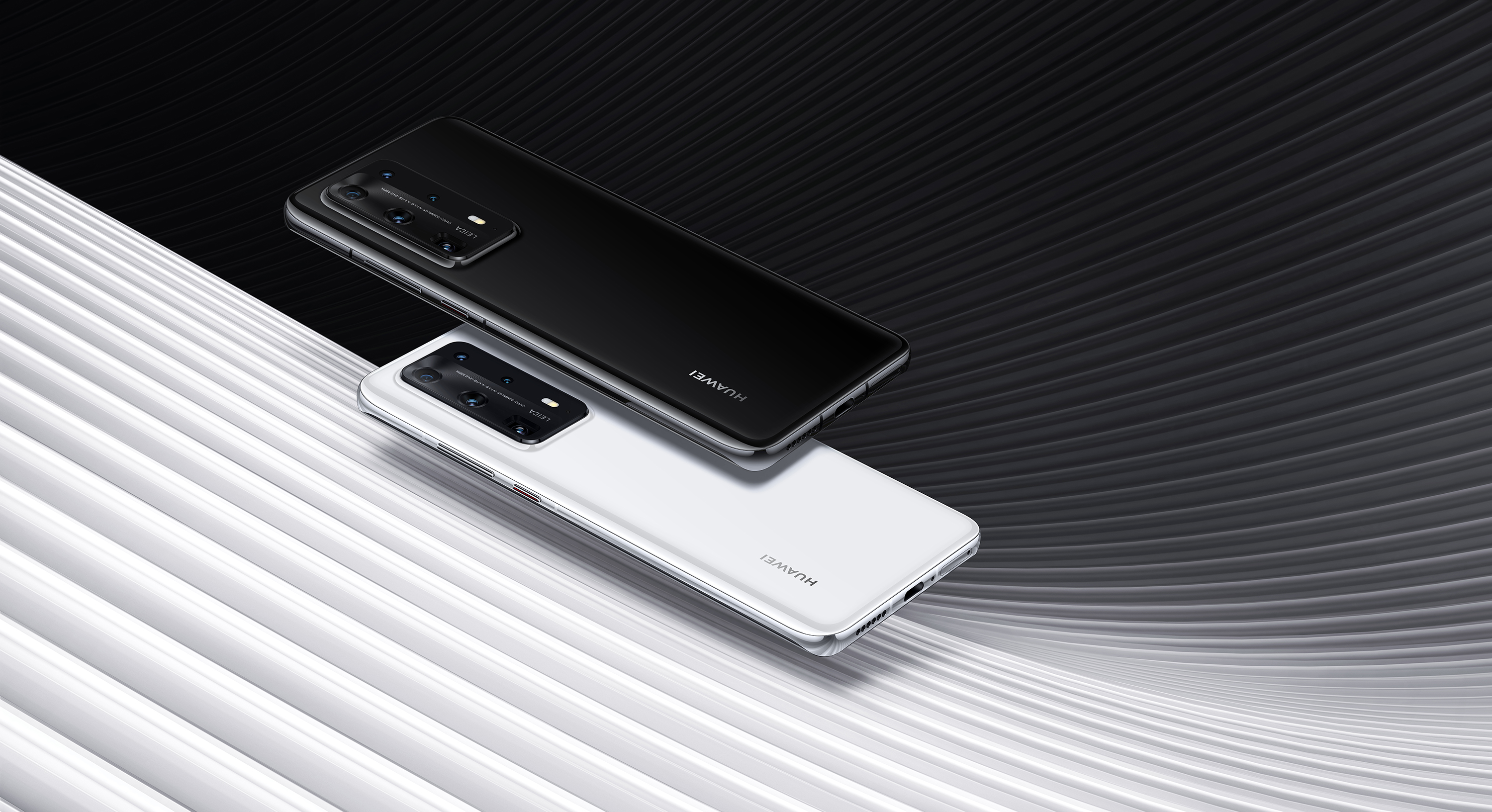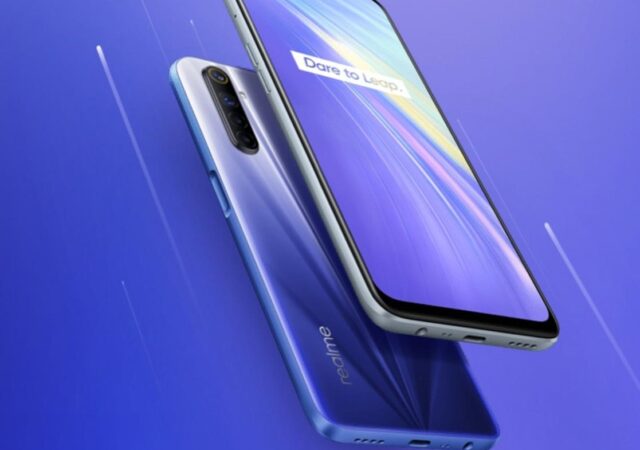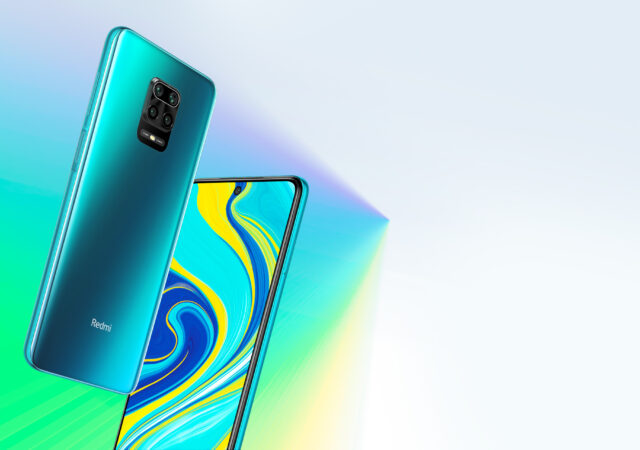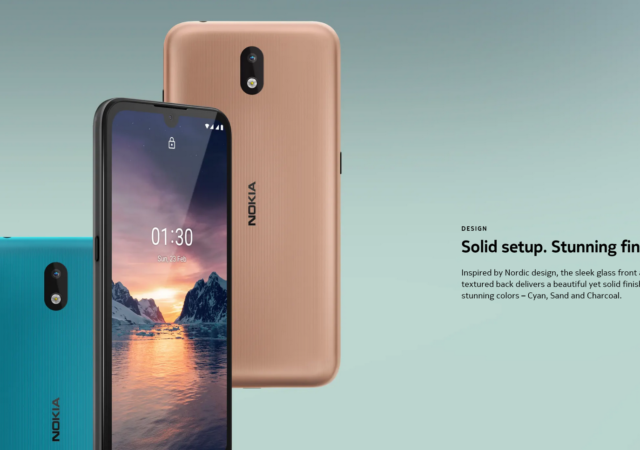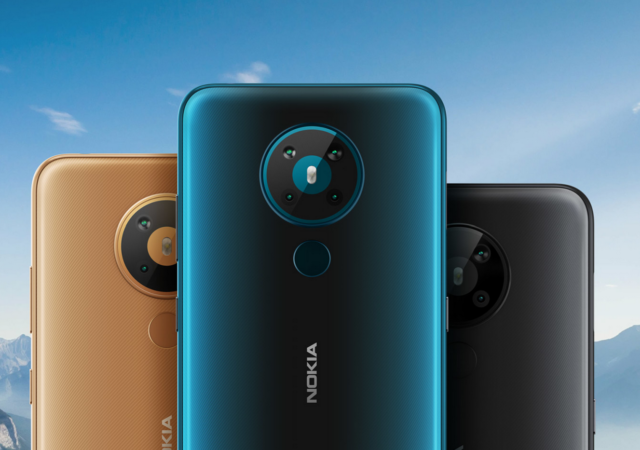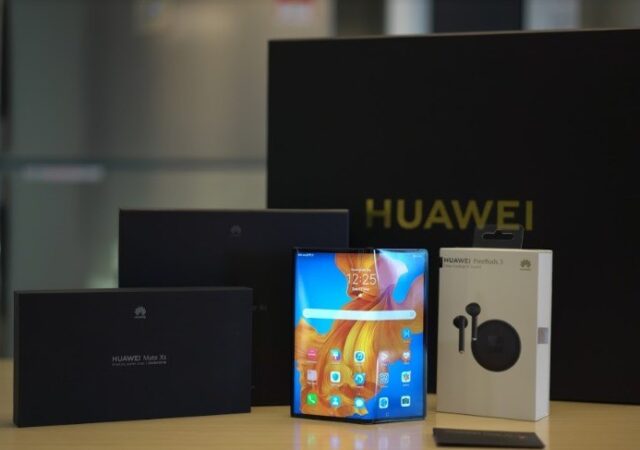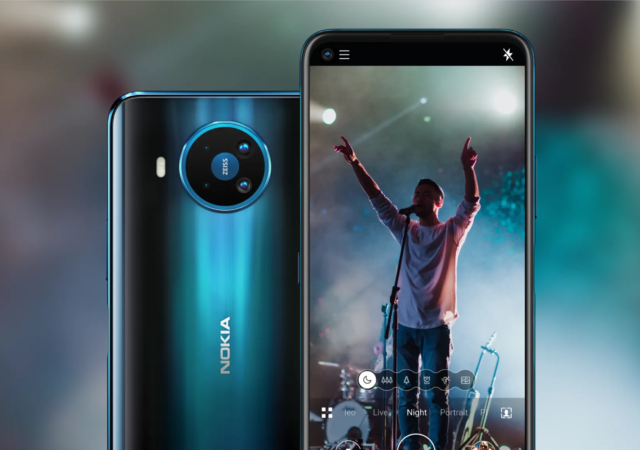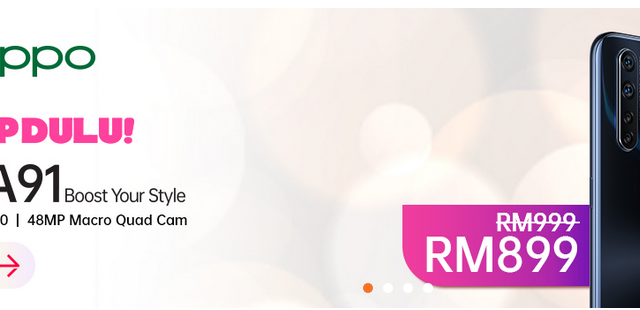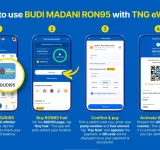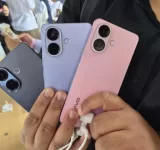HUAWEI’s new smartphones now do not come with Google’s Play Store pre-installed. Will that be HUAWEI’s handicap though? We tried living with one of the most current HUAWEI device.
Huawei P40 Series Launches – The Evolution of Smartphone Photography.
HUAWEI just launched their brand new flagship P40 series. The new smartphone is the new word for smartphone photography with a bigger 50MP RYYB sensor. The new flagship will be available 7th April 2020 onward.
Realme 6 Launches in Malaysia for MYR 999– Online as Well, Of Course
Realme has launched their brand new Realme 6 smartphone in Malaysia for MYR 999. The device comes with a MediaTek Helio G90T SoC and 64MP quad-camera set-up. It will be available in Malaysia 27th March 2020 onward.
Xiaomi Redmi Note 9S Challenges Conventions of Mid-Range Smartphones; Again
Xiaomi just launched their brand new Xiaomi Redmi Note 9S in Malaysia. The mid-ranger will be available 27th March 2020 onward from MYR 799.
Nokia 1.3 Comes with Google’s Camera GO for Android GO
The Nokia 1.3 brings affordable connectivity with improved camera functions with Google’s Camera GO app on Android 10 (GO Edition).
Nokia 5.3 Packs a Mid-ranged Punch with the Snapdragon 665
HMD Global has arguably made Nokia phones a mid-range champion. The company brought back the Nokia brand with a bang with their first generation of Nokia Android smartphones, spearheaded by the original Nokia 5 and Nokia 6. Two years later,…
HUAWEI Mate Xs is Out to Play Today for MYR 11,111!
The highly anticipated HUAWEi Mate Xs foldable smartphone is finally making a landing in Malaysia. The new HUAWEI foldable smartphone is on sale on their web store starting 20th March 2020 today. The HUAWEI Mate Xs goes for MYR 11,111.
The New Nokia 8.3 Makes 5G More Affordable Than Ever
Nokia’s brand has a long history in the telecommunications space. After a successful relaunch into the mobile industry a few years ago, HMD Global, is looking to up the ante with their first 5G device – the Nokia 8.3 5G.…
5 Things You Still Can Buy From OPPO For Lock Down
OPPO Malaysia is giving out discount codes for us to combat the lock down boredom. You can get discounts for selected items and smartphones from OPPO’s online web store, including the OPPO Find X2.
OPPO A91 Launches in Malaysia – Back to Basics
OPPO’s entry-level A91 is launched in Malaysia. The MYR 999 device packs a powerful 48-Megapixel quad camera array and a large 6.1-inch Full HD+ AMOLED display.



